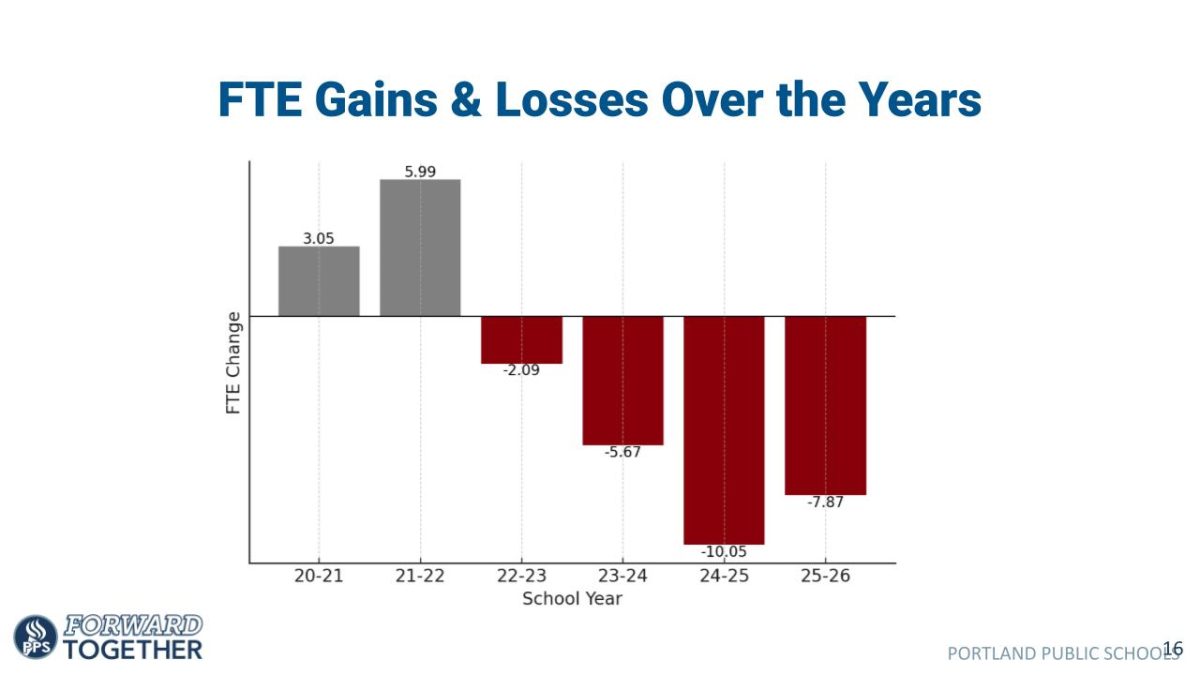
On May 1, 2019, the Court of Arbitration for Sport (CAS), a judicial organization aimed towards settling disputes in the world of athletics, ruled in favor of a cap on female testosterone for 400, 800, and 1500 meter track races. These regulations, introduced by the International Association of Athletics Federations (IAAF), were challenged by Caster Semenya, a two time Olympic Gold Medalist, three time IAAF World Champion, and an “affected athlete” under the regulations. The CAS’s ruling has sparked heated debate and protest amongst the sports world, prompting the question of “what constitutes a woman” for the purpose of athletics.
Semenya is a widely celebrated South African middle-distance runner who rose to international success after winning gold at the 2009 IAAF World Championships in the 800 meters. She is also a 46, XY differences of sexual development (DSD) intersex athlete, meaning that she was born with a chromosome structure that is genetically male. As they do not have genitalia that is clearly male or female, intersex children born 46, XY DSD can be raised as any gender and, apart from slightly more careful medical observation, often lead very normal lives. However, in cases like Semenya’s, children have internal testes that, during puberty, begin to secrete testosterone at over 10 times the rate that ovaries do, producing between 7.7 and 29.4 nanomoles per liter (nmol/L), compared to the female range of .06 and 1.68 nmol/L. This abnormality leads to greater lean body mass, larger heart, and higher cardiac outputs in genetic males, all traits that would be beneficial in sport.
Testosterone levels provide one of the greatest links to athletic performance. As a result, it is tested for as part of standard anti-doping controls. The IAAF currently has a cap on female testosterone at 5 nmol/L, which is far outside the bounds of normal and even includes the 3.1 nmol/L that polycystic ovaries can produce. Although no tests have been made public record, it is assumed that Semenya’s testosterone levels are near or within the normal male range, causing people like Paul Beaven (9), a member of Franklin’s cross country and track and field teams, to affirm the CAS’s ruling. “Caster Semenya has an extreme advantage due to her elevated levels of testosterone, so while I hope she can find a way to compete, I do not believe she should be allowed to compete in [the events she was barred from] at this time.”
While it is widely assumed that testosterone is the difference maker in Semenya’s performance, many argue that there is not yet enough evidence to impose regulations. In the IAAF’s report, a significant increase in muscle growth and strength was observed when administering testosterone to women, but the studies containing the evidence have yet to be published. “Clearly more evidence is needed,” scientist Ross Tucker, who has been a focal point of the Caster Semenya case since its inception in 2011, told Sport24. “I would have insisted on more research and I would have insisted that it be done by an independent body who are mandated to disprove that the advantage exists, so that the study is robust.” As the ethics of impacting the performance of elite athletes are murky at best, it would be very difficult to get data that statistically credits one hypothesis or another. Semenya, on the other hand, has a finite amount of time. She is 28, and will realistically have another six to eight years of competition before retiring from middle distance or moving up in distance. Due to the CAS’s ruling, it appears she may begin that move as soon as this year. Semenya has made it clear that she will not undergo testosterone-reducing hormone therapy, and women with unusually high testosterone levels, like Semenya, will be allowed to compete in the 5,000 meters at the World Championships this October without having to reduce their testosterone.
The Caster Semenya ruling is an example of a situation in which there is no compromise. In every possible outcome, at least one group will be upset, and in the eyes of many, this ruling made the smallest number of people angry, while being fair and inclusive to all athletes. “I don’t think the ruling was targeted at Semenya,” says Beaven. “If they had let her keep dominating the 800 until she retired, there would be a lack of competition that would bring up future problems.” These new issues will undoubtedly be the cause of many rule changes to avoid future problems as much as possible in the coming years and decades. No matter what, Semenya’s mature handling of a divisive issue reflects her aptitude to lead, and she should be revered as a role model for young athletes in South Africa and around the world.
































